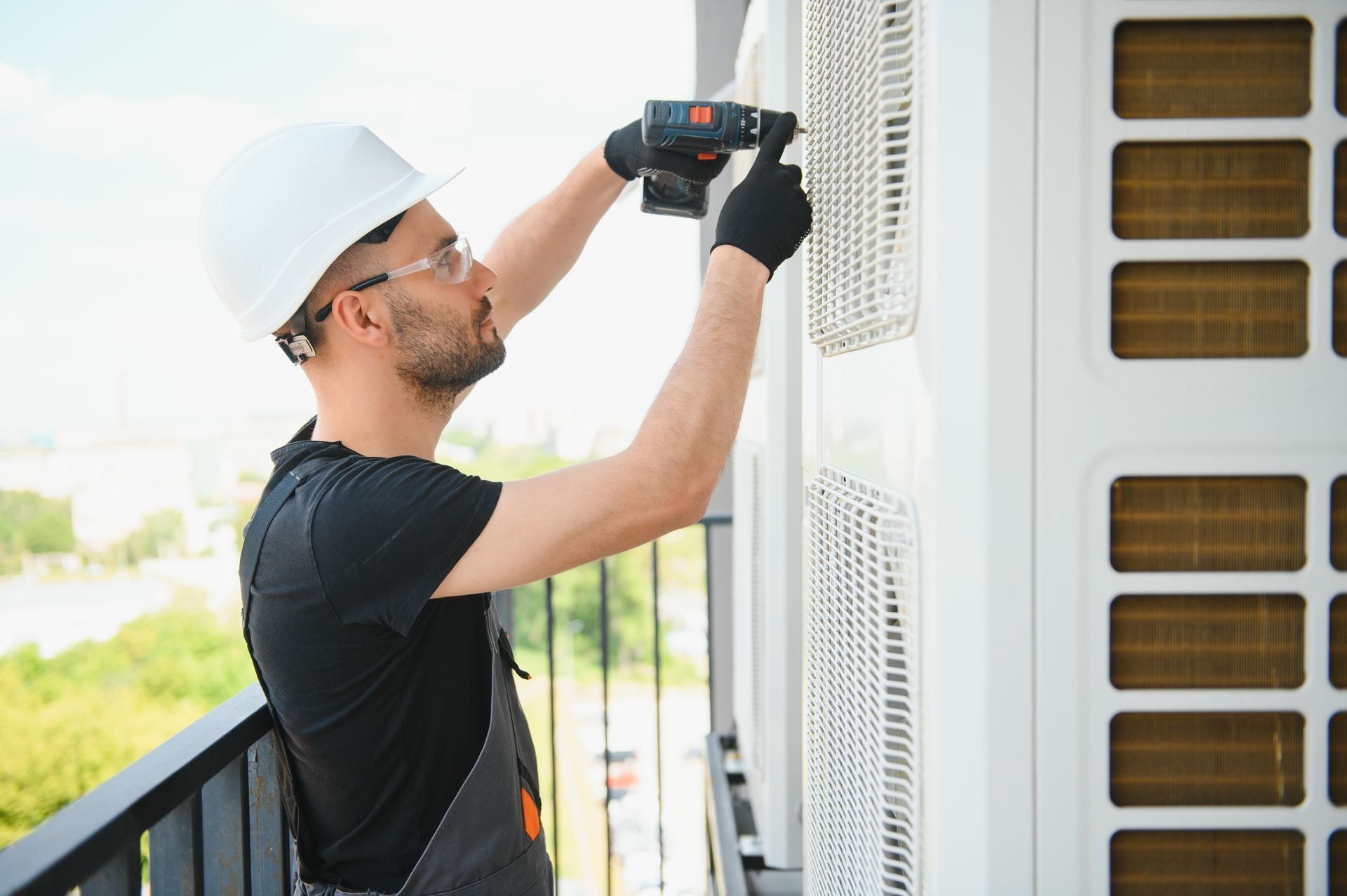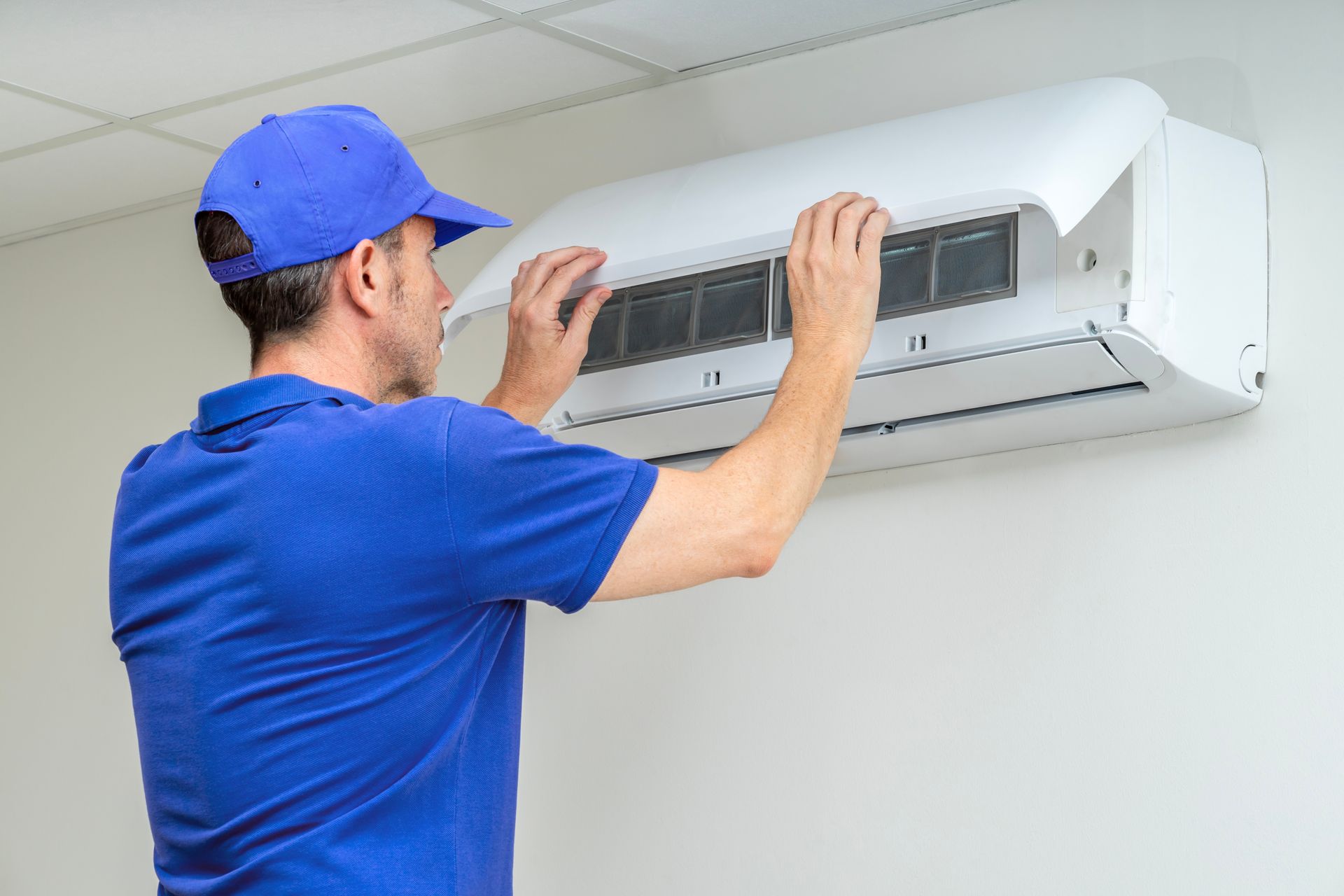What Is the Purpose of a Water Heater Expansion Tank?

When it comes to home plumbing, one essential component that often gets overlooked is the water heater expansion tank. If you have a water heater in your home, you might have noticed a small tank connected to it. But what does it do, and why is it important? In this article, we’ll explain everything you need to know about a water heater expansion tank, its purpose, and why it’s beneficial for your plumbing system.
Understanding a Water Heater Expansion Tank
A water heater expansion tank is a small, secondary tank installed near your water heater. It is designed to handle the excess pressure that builds up in a closed plumbing system. As water heats up inside the water heater, it expands, increasing the pressure inside the tank. Without an expansion tank, this pressure can cause damage to your pipes, fixtures, and even the water heater itself.
The expansion tank provides space for excess water, reducing strain on your plumbing system. Acting as a safety device, it ensures your water heater operates smoothly and efficiently, while heating services keep your home comfortable.
How Does a Water Heater Expansion Tank Work?
A water heater expansion tank consists of two main sections:
- A rubber bladder or diaphragm – This separates the tank into two chambers: one for air and one for water.
- An air-filled chamber – This absorbs the increased water volume when it expands due to heat.
When your water heater heats water, the expanded water enters the expansion tank instead of increasing pressure in your plumbing system. Once the water cools down and contracts, it returns to the main tank, maintaining balanced pressure.
Why Is a Water Heater Expansion Tank Important?
1. Prevents Excess Pressure
When water heats up, it expands. If there’s no expansion tank, the increased pressure has nowhere to go, leading to stress on your plumbing system. Over time, this pressure can damage pipes, fittings, and even appliances.
2. Extends the Life of Your Water Heater
By reducing excess pressure, an expansion tank helps extend the life of your water heater. This prevents unnecessary wear and tear, reducing the likelihood of leaks and other failures.
3. Reduces Water Leaks and Damage
Without an expansion tank, high pressure can cause pipes to burst or fittings to loosen, leading to leaks. These leaks can cause water damage to your home, increasing maintenance costs.
4. Improves Plumbing System Efficiency
An expansion tank ensures that your water heater and plumbing system work efficiently without frequent pressure fluctuations. This helps maintain a consistent water supply without unexpected issues.
Does Every Home Need a Water Heater Expansion Tank?
Not all homes require an expansion tank, but it is highly recommended if:
- You have a closed plumbing system with a backflow prevention device or pressure-reducing valve.
- Your local plumbing code requires it.
- You experience frequent issues with high water pressure or leaks in your plumbing system.
If you’re unsure whether your home needs an expansion tank, a professional plumber can inspect your system and provide guidance.
Signs That You Need a Water Heater Expansion Tank
Here are a few signs that indicate you may need an expansion tank:
- High Water Pressure: If you notice fluctuating water pressure, it could be due to excess pressure from thermal expansion.
- Frequent Leaks: If pipes, faucets, or the water heater itself develop leaks, high pressure may be the cause.
- Unusual Noises: Banging or hammering sounds in the pipes could indicate pressure buildup.
- Short Water Heater Lifespan: If your water heater needs frequent repairs or replacements, pressure fluctuations may be damaging it.
How to Install a Water Heater Expansion Tank
If your home requires an expansion tank, you can install one by following these steps:
1. Determine the Right Size
Expansion tanks come in different sizes, typically ranging from 2 to 5 gallons. The size you need depends on your water heater’s capacity and your home's water pressure.
2. Turn Off the Water Supply and Power
Before installing the expansion tank, turn off the water heater’s power (for electric heaters) or gas supply (for gas heaters). Then, shut off the main water supply.
3. Find a Suitable Location
The expansion tank should be installed on the cold-water supply line, near the water heater. Ensure there is enough space for proper installation.
4. Attach the Expansion Tank
Use a threaded tee fitting to connect the expansion tank to the water heater’s cold-water supply line. Make sure the tank is securely fastened.
5. Pressurize the Expansion Tank
Before turning the water back on, adjust the air pressure inside the expansion tank to match your home’s water pressure. This can be done with an air pump and a pressure gauge.
6. Turn On the Water and Check for Leaks
Slowly turn the water supply back on and check for any leaks around the connections. Once everything is secure, turn the power or gas back on for your water heater.
If you're unsure about the installation process, it’s best to hire a professional plumber to ensure proper setup.
Maintenance Tips for a Water Heater Expansion Tank
To keep your expansion tank in good condition, follow these maintenance tips:
- Check the Air Pressure Regularly: Use a pressure gauge to ensure the expansion tank’s air pressure matches your home’s water pressure.
- Inspect for Leaks: Periodically check for leaks around the connections.
- Replace When Necessary: Expansion tanks have a lifespan of about 5-10 years. If you notice signs of failure, replace the tank promptly.
Conclusion
A water heater expansion tank is a simple yet crucial addition to your plumbing system. It helps regulate pressure, prevents leaks, extends the lifespan of your water heater, and improves overall efficiency. If you’re experiencing high water pressure, leaks, or frequent plumbing issues, installing an expansion tank could be a smart investment for your home.
Need expert advice on your water heater system? Contact
Old School Cooling today for professional assistance!
Disclaimer: The information on this website and blog is for general informational purposes only and is not professional advice. We make no guarantees of accuracy or completeness. We disclaim all liability for errors, omissions, or reliance on this content. Always consult a qualified professional for specific guidance.






